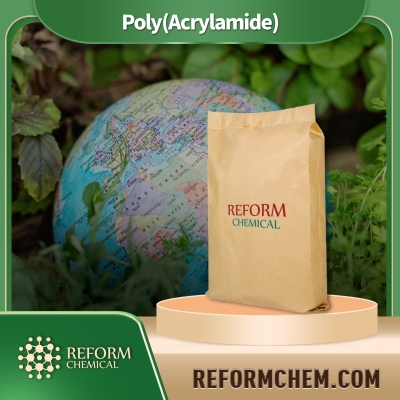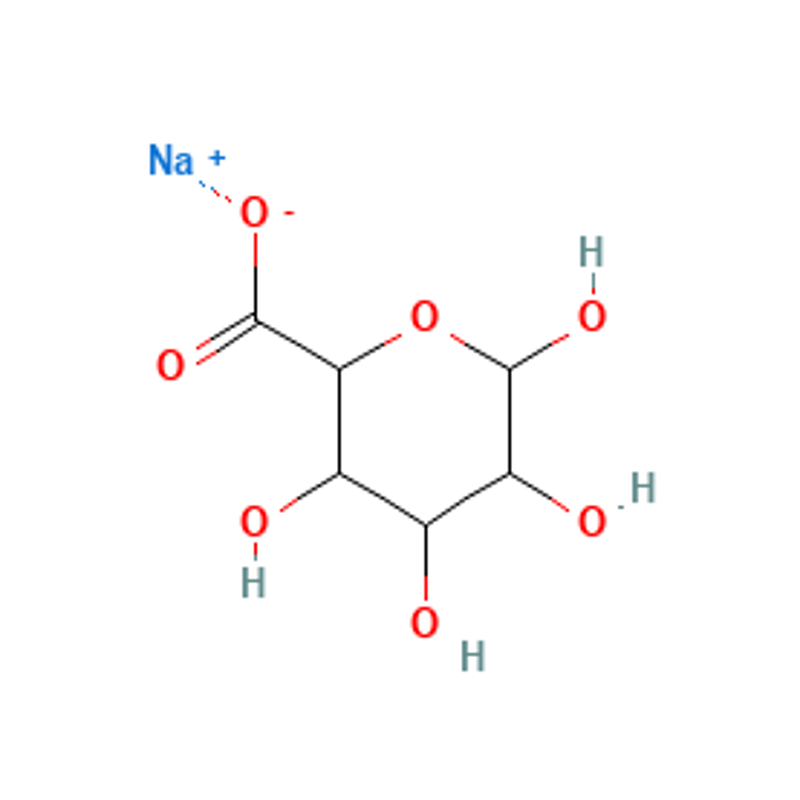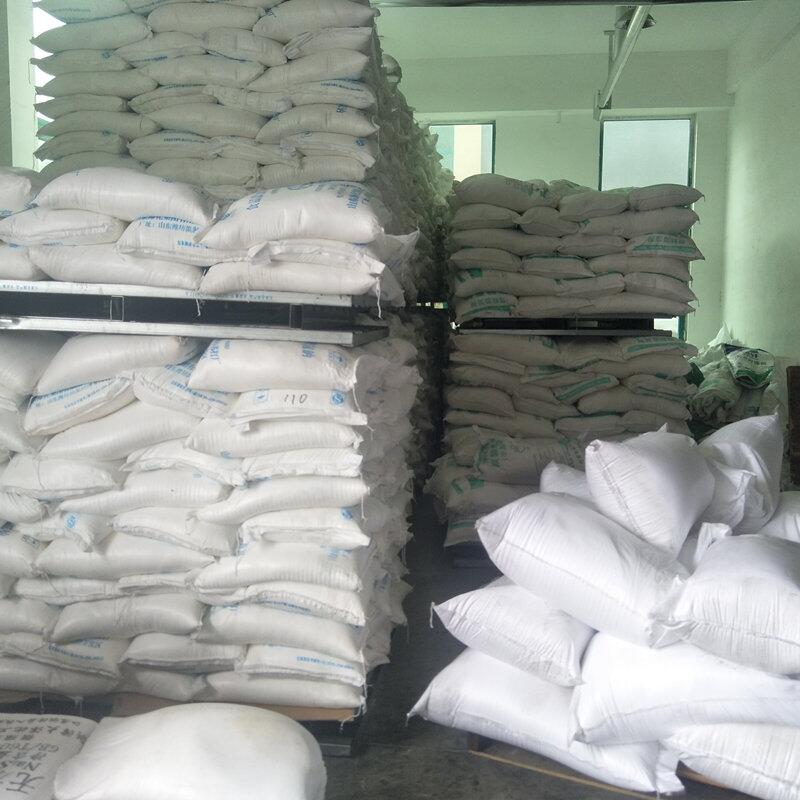-
Categories
-
Pharmaceutical Intermediates
-
Active Pharmaceutical Ingredients
-
Food Additives
- Industrial Coatings
- Agrochemicals
- Dyes and Pigments
- Surfactant
- Flavors and Fragrances
- Chemical Reagents
- Catalyst and Auxiliary
- Natural Products
- Inorganic Chemistry
-
Organic Chemistry
-
Biochemical Engineering
- Analytical Chemistry
-
Cosmetic Ingredient
- Water Treatment Chemical
-
Pharmaceutical Intermediates
Promotion
ECHEMI Mall
Wholesale
Weekly Price
Exhibition
News
-
Trade Service
Introduction
Bis(1,2,2,6,6-pentamethyl-4-piperidyl) decanedioate, commonly referred to as PM15, is a synthetic compound that has been widely used in the chemical industry for various applications.
The compound is synthesized through several routes, and this article aims to discuss the most commonly used synthetic routes for PM15.
Chemical Structure of PM15
PM15 is a white solid with a melting point of 180-185°C.
The chemical structure of PM15 consists of a central piperidine ring, which is substituted with five methyl groups and an ethyl group.
The compound also has two decanedioate groups attached to the piperidine ring through ester linkages.
The chemical formula for PM15 is C20H30O2.
Synthetic Routes for PM15
There are several methods for synthesizing PM15, but some of the most commonly used routes include:
- Hydrolysis of N-(1,2,2,6,6-pentamethyl-4-piperidinyl) decanamide
This is the most commonly used route for the synthesis of PM15.
The process involves the hydrolysis of N-(1,2,2,6,6-pentamethyl-4-piperidinyl) decanamide, which is synthesized from the reaction between 1,2,2,6,6-pentamethyl-4-piperidine and decanoic acid.
The hydrolysis reaction involves the treatment of the decanamide with water, which results in the formation of PM15 and a corresponding amino acid.
- Reduction of N-(1,2,2,6,6-pentamethyl-4-piperidinyl) decanecarboxylic acid
This synthetic route involves the reduction of N-(1,2,2,6,6-pentamethyl-4-piperidinyl) decanecarboxylic acid, which is synthesized from the reaction between 1,2,2,6,6-pentamethyl-4-piperidine and decanecarboxylic acid.
The reduction reaction is typically carried out using hydrogen in the presence of a catalyst, such as palladium on barium oxide.
- Reaction of 1,2,2,6,6-pentamethyl-4-piperidine with decanedioyl chloride
This synthetic route involves the reaction of 1,2,2,6,6-pentamethyl-4-piperidine with decanedioyl chloride in the presence of a solvent, such as THF.
The reaction results in the formation of PM15, which can be isolated by simple precipitation with water.
Applications of PM15
PM15 has been widely used in the chemical industry due to its unique properties, which make it suitable for various applications.
Some of the most common applications of PM15 include:
- Corrosion Inhibitor
PM15 is an effective corrosion inhibitor for carbon steel in the presence of sodium chloride solution.
The compound has been used in various industrial applications, such as in boiler water treatment, cooling water treatment, and as a rust preventive agent.
- Catalyst Component
PM15 has been used as a catalyst component in various reactions, such as in the polymerization of propylene oxide and in the hydrolysis of polyvinyl alcohol.
- Pharmaceutical Intermediate
PM15 has been used as a pharmaceutical intermediate in the synthesis of various drugs, such as antibiotics and antihistamines.







